Table of content
Cooking delicious stir-fried peas is an art that combines precision, creativity, and a keen understanding of ingredients. Peas, with their sweet and tender flavor, are a versatile vegetable that can elevate any dish with their fresh, vibrant green hue and nutritious profile. Whether you’re preparing a simple weeknight dinner or a gourmet feast, mastering the technique to stir-fry peas to perfection can significantly enhance your culinary repertoire. This guide will walk you through the essential steps, tips, and tricks to ensure your stir-fried peas are nothing short of mouthwatering.
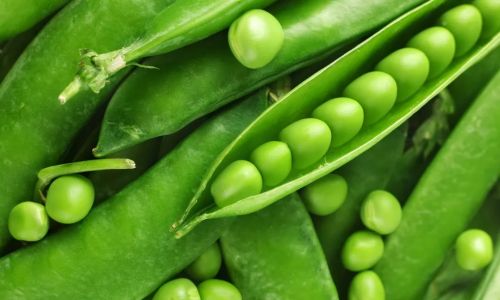
Understanding Peas: Varieties and Preparation
Before diving into the stir-frying process, it’s crucial to understand the different types of peas available and how to prepare them properly. The most common varieties include:
- Garden Peas: These are the classic green peas found in pods. Shell them fresh for the best flavor.
- Snow Peas (Mangetout): These have flat pods that are eaten whole, offering a crisp texture.
- Sugar Snap Peas: Similar to snow peas but sweeter, with edible pods and tender peas inside.
- English Peas (Green Peas): Often sold frozen or canned, these are convenient but lack the freshness of freshly shelled peas.
For stir-frying, fresh peas like garden peas, snow peas, and sugar snap peas are preferred due to their ability to retain their crispness and vibrant color when cooked quickly over high heat.
Selecting and Preparing Fresh Peas
- Selection: Choose peas that are bright green, firm, and have no signs of wilting or discoloration. For pods, ensure they are tender and not too thick.
- Preparation: Shell garden peas immediately before cooking to preserve their freshness. Snap off the ends of snow peas and sugar snap peas, and remove any strings along the sides for a cleaner look and texture.
The Importance of High Heat and Oil
Stir-frying relies on high heat to cook ingredients rapidly, locking in flavors and textures. The type of oil you use also plays a vital role:
- Oils: Choose a neutral-flavored oil with a high smoking point, such as peanut oil, canola oil, or grapeseed oil. These oils can withstand high temperatures without smoking or imparting unwanted flavors.
- Wok or Pan: A wok is ideal due to its shape that allows for even heat distribution and easy tossing of ingredients. However, a large, heavy-bottomed skillet or frying pan can also work well.
Stir-Frying Techniques for Peas
Step-by-Step Guide
-
Heat the Pan: Place your wok or pan over high heat and add enough oil to coat the bottom generously. Allow the oil to heat up until it shimmers but not to the point of smoking.

-
Aromatics: Add aromatics such as minced garlic, ginger, or shallots. Stir-fry these for about 30 seconds until fragrant but not burnt. This step adds depth of flavor to your peas.
-
Add Peas: Quickly add your prepared peas to the hot pan. For garden peas, they may need a bit more cooking time than snow peas or sugar snap peas. Stir constantly to ensure even cooking and to prevent sticking.
-
Seasoning: Season immediately with salt, a pinch of sugar (optional, to enhance sweetness), and a dash of soy sauce or fish sauce for umami. Stir well to coat the peas evenly with seasoning.
-
Cooking Time: Stir-fry for 2-3 minutes for snow peas and sugar snap peas, and 3-4 minutes for garden peas. The goal is to cook them until they are tender-crisp, retaining their bright green color.
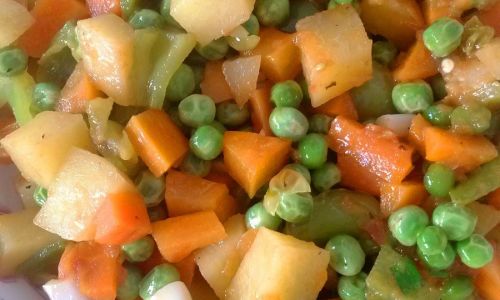
-
Adding Heat (Optional): For an extra layer of flavor, you can add a splash of rice vinegar or a pinch of red pepper flakes at the end of cooking. This adds a bright, tangy note or a hint of heat.
-
Taste and Adjust: Taste your peas and adjust the seasoning if necessary. Remember, it’s easier to add more seasoning than to correct an over-salted dish.
-
Serving: Remove from heat and serve immediately. Stir-fried peas are best enjoyed hot, as their texture and flavor diminish once they cool.
Enhancing Your Stir-Fried Peas
To elevate your stir-fried peas from good to great, consider incorporating additional ingredients and flavors:

- Proteins: Add diced chicken, shrimp, tofu, or tempeh for a complete meal.
- Vegetables: Mix in other vegetables like bell peppers, carrots, or baby corn for a colorful and nutritious medley.
- Sauces: Drizzle with a homemade stir-fry sauce made from a blend of soy sauce, honey, sesame oil, and cornstarch slurry for a glossy, flavorful finish.
- Garnishes: Finish with a sprinkle of chopped green onions, sesame seeds, or a drizzle of chili oil for added texture and flavor.
Storage and Reheating Tips
- Storage: Leftover stir-fried peas can be stored in an airtight container in the refrigerator for up to 2 days. However, their texture and flavor will be best if consumed immediately.
- Reheating: To reheat, use a microwave on low power or steam them gently over a pot of simmering water to avoid overcooking. Stir occasionally to prevent sticking.
Conclusion
Stir-frying peas is a simple yet rewarding culinary skill that can transform this humble vegetable into a delicious and satisfying dish. By mastering the basics of high-heat cooking, selecting fresh ingredients, and experimenting with different seasonings and additions, you can create stir-fried peas that are not only nutritious but also bursting with flavor. Whether you’re cooking for yourself, your family, or guests, a well-executed plate of stir-fried peas is sure to impress and delight. Happy stir-frying!
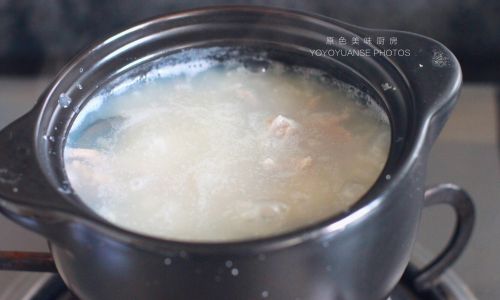
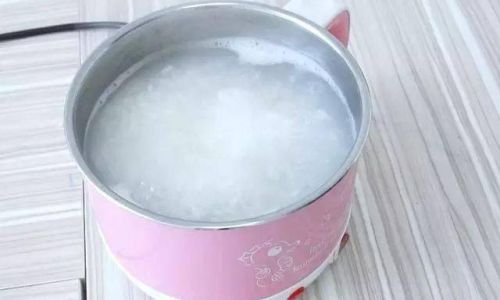
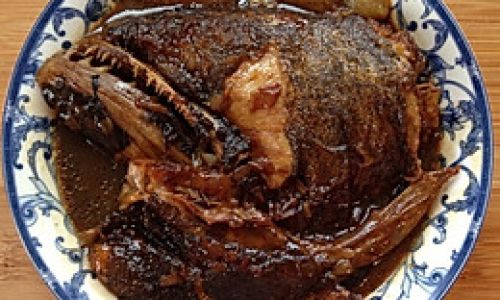
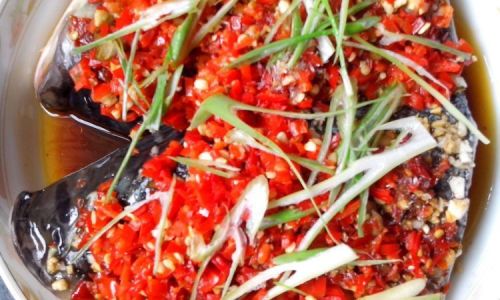
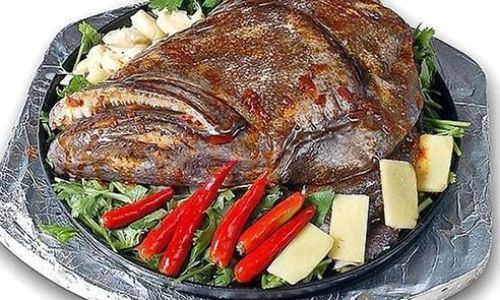
0 comments